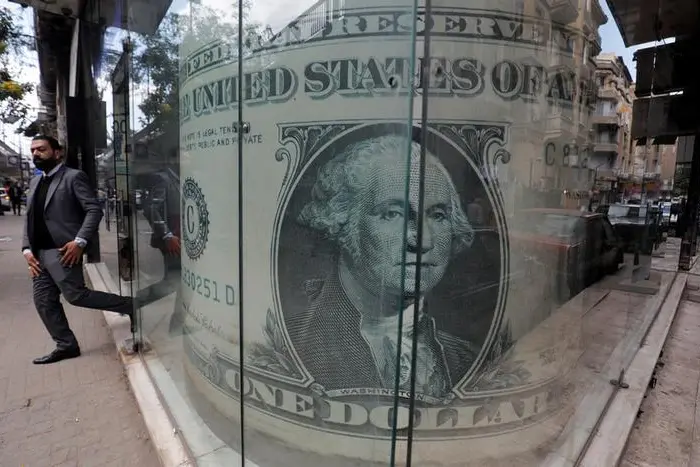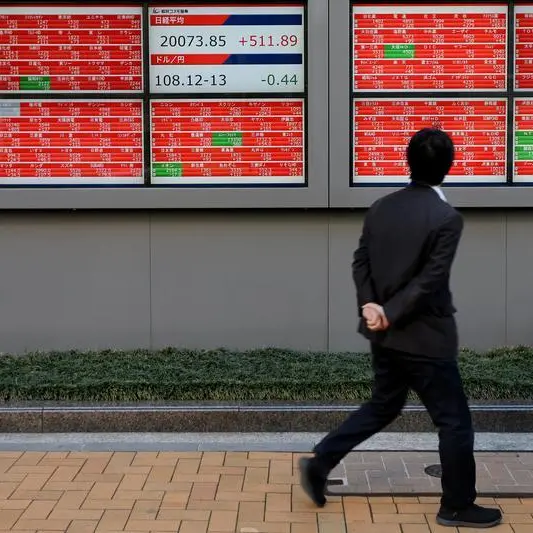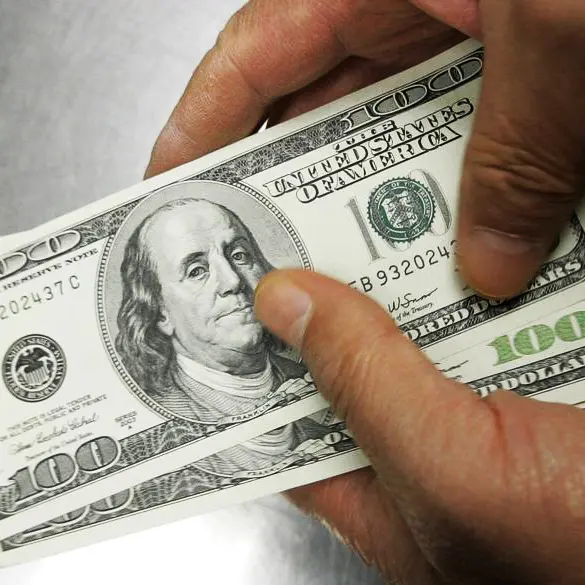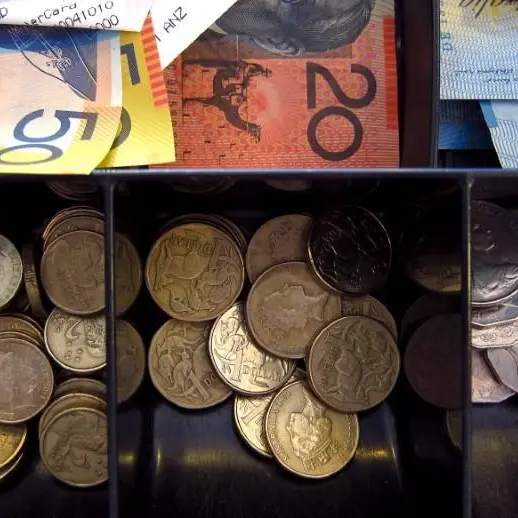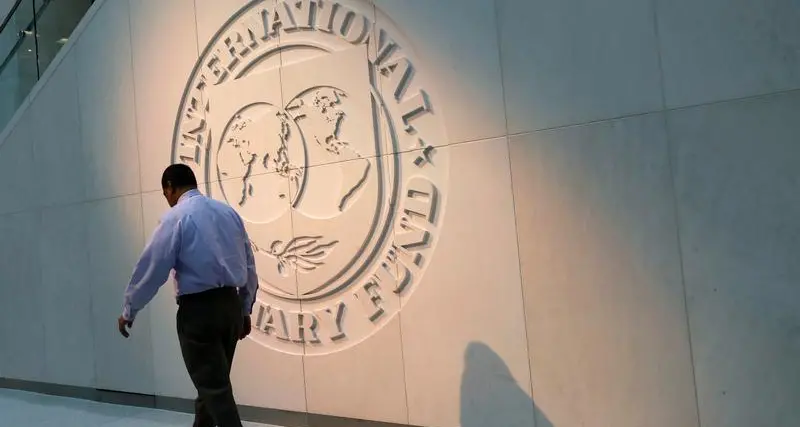PHOTO
TOKYO - The dollar held just above a one-month low on Monday as traders held tight positions heading into a busy week that includes monthly U.S. jobs data and a key Australian central bank decision.
The dollar index, which measures the greenback against six major peers, stood at 92.091, almost unchanged from Friday, when it dipped as low as 91.775 for the first time since June 28.
The index dropped 0.88% last week, its worst performance since early May, after Fed Chair Jerome Powell reiterated mid-week that rate increases were "a ways away" and the job market still had "some ground to cover."
Fed Governor Lael Brainard echoed those comments on Friday, saying "employment has some distance to go."
The dollar index last month hit its highest since the start of April at 93.194 as traders positioned for a start to tapering as soon as this year.
Dollar net long positions rose to their highest level since early March of last year in the week to July 27, according to Reuters calculations and the latest data from the Commodity Futures Trading Commission.
Economists in a Reuters poll forecast a 926,000 job increase in July's non-farm payrolls number, due Friday, which would be the biggest increase for 11 months. The U.S. unemployment rate is forecast to fall to 5.7%, from 5.9% in June.
"The U.S. payrolls will be a marquee event risk," Chris Weston, head of research at broker Pepperstone, wrote in a note to clients.
"If we do see the elusive 1 million jobs created, then calls for a September announcement for tapering the asset-purchases program will ramp up," buoying the dollar, whereas a print of around 703,000 or lower would push the currency lower, he said.
The dollar was little changed at 109.64 yen on Monday, and mostly flat at $1.18685 per euro.
Sterling was also little changed at $1.39005, with a policy announcement by the Bank of England due on Thursday.
The Aussie dollar was largely steady at $0.73475, before the Reserve Bank of Australia meets on Tuesday, when it is widely expected to backtrack on a previous decision to taper stimulus, with protracted COVID-19 lockdowns dragging on growth.
(Reporting by Kevin Buckland; Editing by Sam Holmes) ((Kevin.Buckland@thomsonreuters.com;))
